So what is a battery?
A battery is simple something that holds a voltage and an ampage to enable devices to operate without being plugged into main electirc. You will find batteries everywhere. From your mobile phone to inside your computers.
But what batteries are we interested in for model car racing?
Lets start with the most common and what has been used for many years even before LiPo batteries became mainstream. Of course we are talking about the NIMH (Nickel–metal hydride) and NiCD (Nickel Cadmium) batteries.
This are commonly used on your entry level cars more aimed at the leisure market. Although smaller versions of these are still used in competition in some classes in the UK. These batteries are usually a stick shape and come in ranging capacities. See below an example of this type of battery. Please note that there is no phyisical different between an NIMH and NiCD battery. Its simply what sticker is on the front
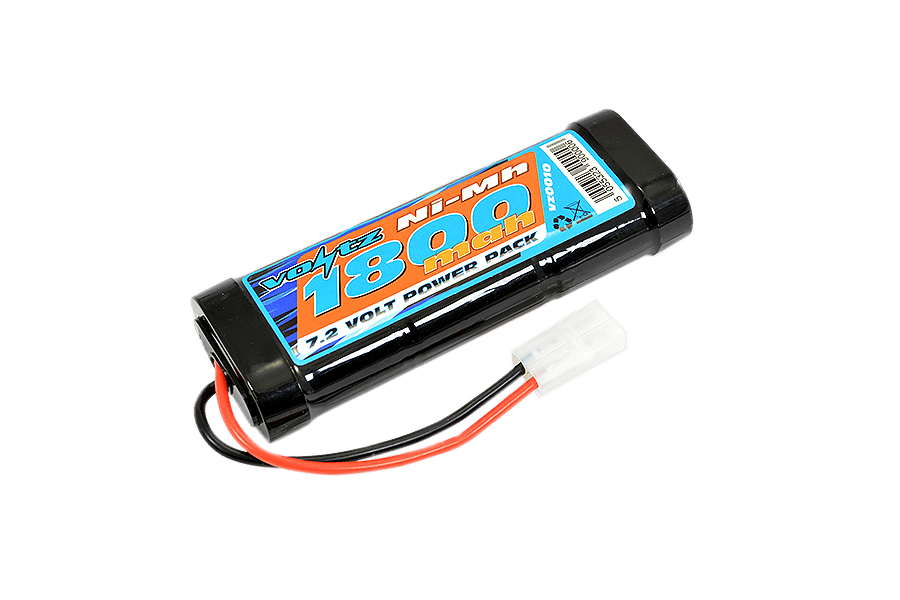
Another battery type your humble receiver pack. These range in shape/size/capacity/Chemestry. Most people use a simple NIMH receiver pack which is pictured below
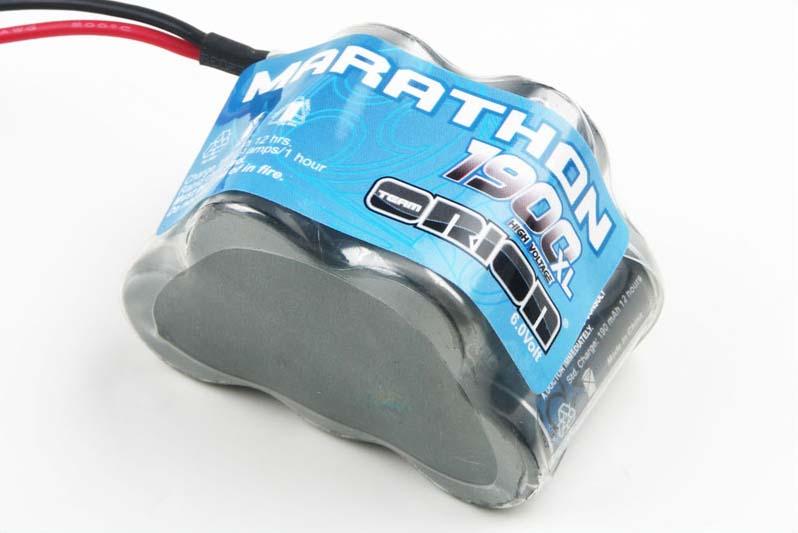
The other type of receiver pack is the stick pack pictured below
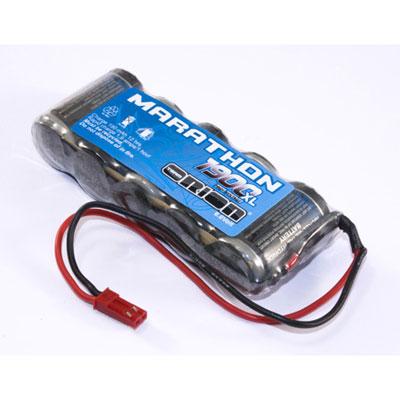
Some people use a LiPo (Lithium Polymer) reciever pack. These packs are a slightly higher voltage than their NIMH counterparts but they have a more consistant voltage over the life of them. There is also another type of Lithium battery for receivers. This is a LiFe (Lithium Phosphate) These are normally the same size and shape as the LiPo batteries but they have a less volatile chemistry in them. You can usually only tell them apart by looking at the label on them.
A LiFe battery is pictured below. Please note the label stating its a LiFe battery
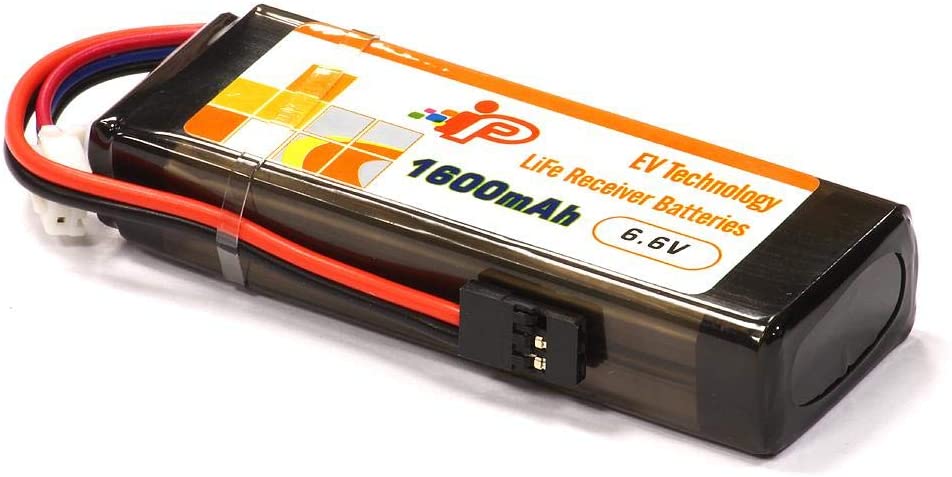
The most common batteries that are now used in competition are the LiPo batteries. These batteries range is size/voltage/capacity. The smaller classes use a single cell battery. Other classes use 2 call batteries and some use 4 cell batteries. What do i mean by cells?
Each battery is built up by many cells making them voltage higher or lower depending on how many cells are put together.
1cell of a LiPo battery has a charged voltage of 4.2v. So a 2 cell battery has charged voltage of 8.4v. A 3 cell battery has charged voltage of 12.6v and a 4 cell battery of 16.8v
Check with the manual/rules on each class to decide which cell battery you need for your vehicle.
There are also different case types of LiPo batteries. We reccomend you use a hard case battery. There are example of these hard case batteries below
Below is a 1 cell hard case LiPo battery
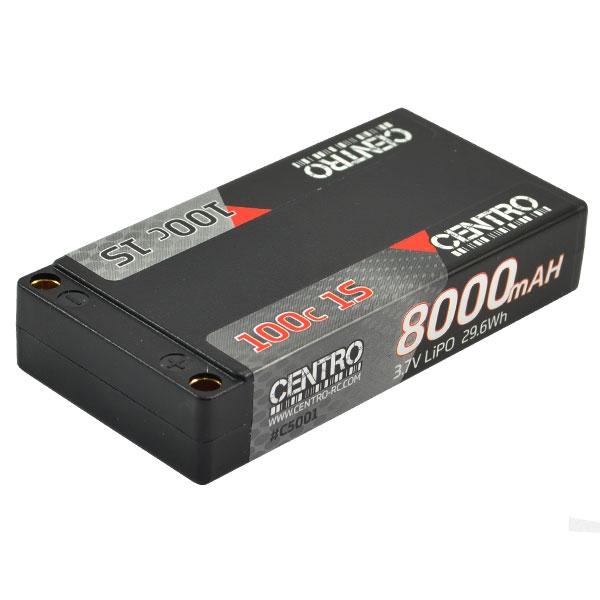
Below is a photo of a 2 Cell hardcase battery
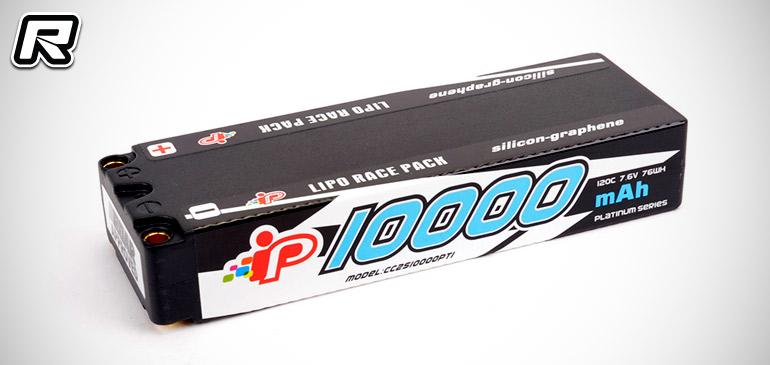
Finally a 4 Cell hardcase LiPo Battery
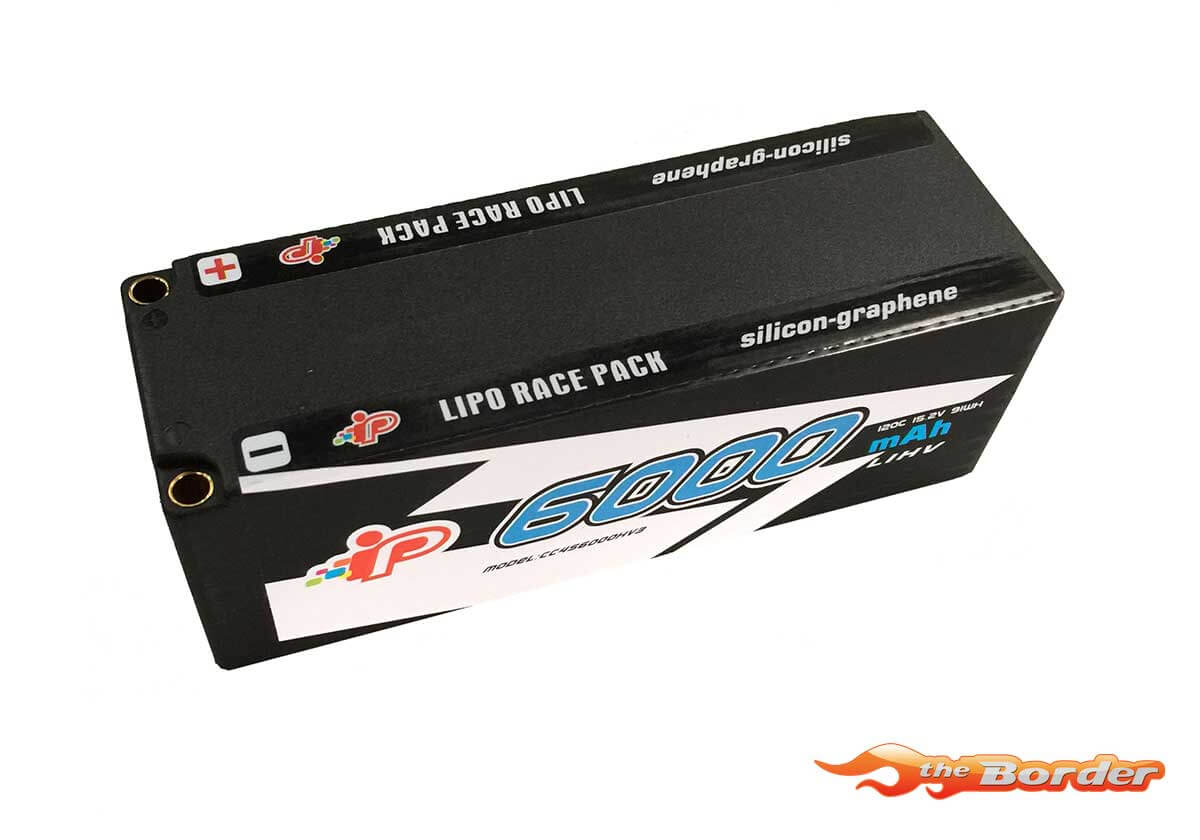
Right then. Now lets talk about battery connectors
Below are some but not all of the various battery connector types
So lets start with the Classic Tamiya connector. This is a old connector for low currents only
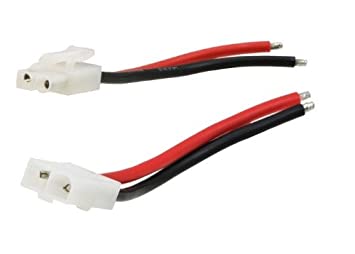
The next connector is the Traxxas TRX connector which is really only used on their own vehicles
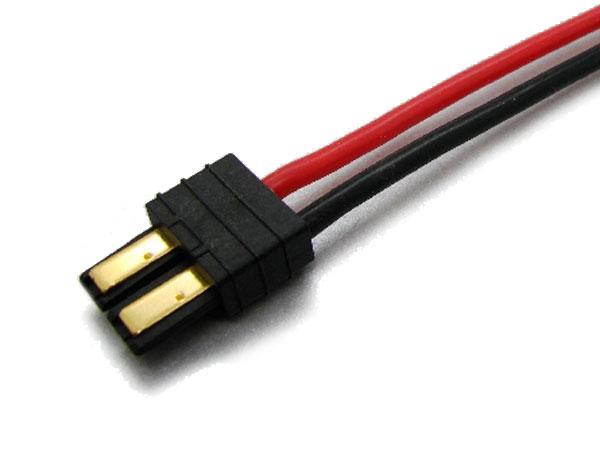
The next connector is commonly used. This is called a Deans connector. These are used for high current areas. For example in 8th Electric RallyX Cars to connect their 4 cell LiPo batteries to the Speed Controllers
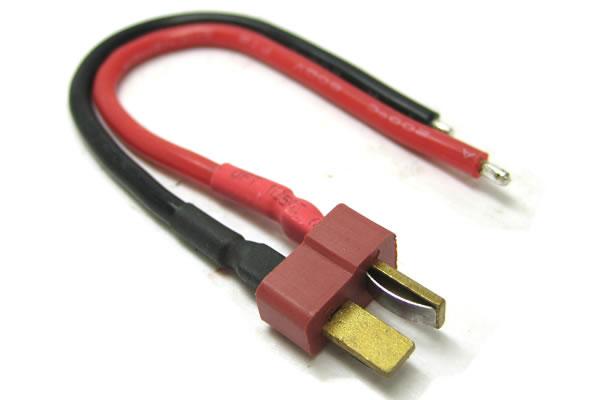
Another high current connector is the EC3. This connector is normally blue in colours and is commonly used on Team Losi Vehicles but they have been used on other brands. They also make a larger version of this called the EC5 connector. The EC3 connector is pictured below
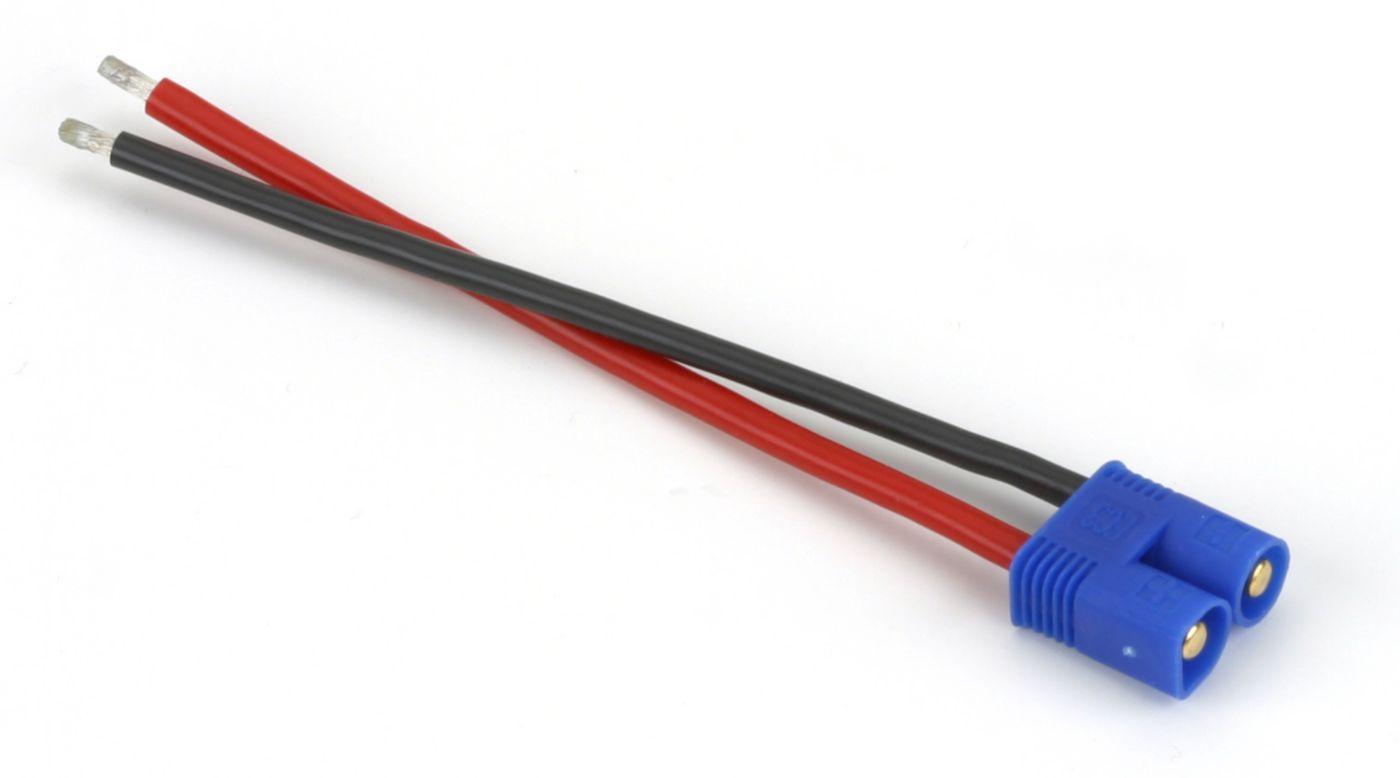
Another connector also for high current use is the XT60. This connector is normally yellow in colour. These are used for many applications including model cars. They have been known to be used in DIY electrical systems in full size cars due to their tight reliable fit. There is also a larger size for higher power applications which are called the XT90. XT90 is pictured below
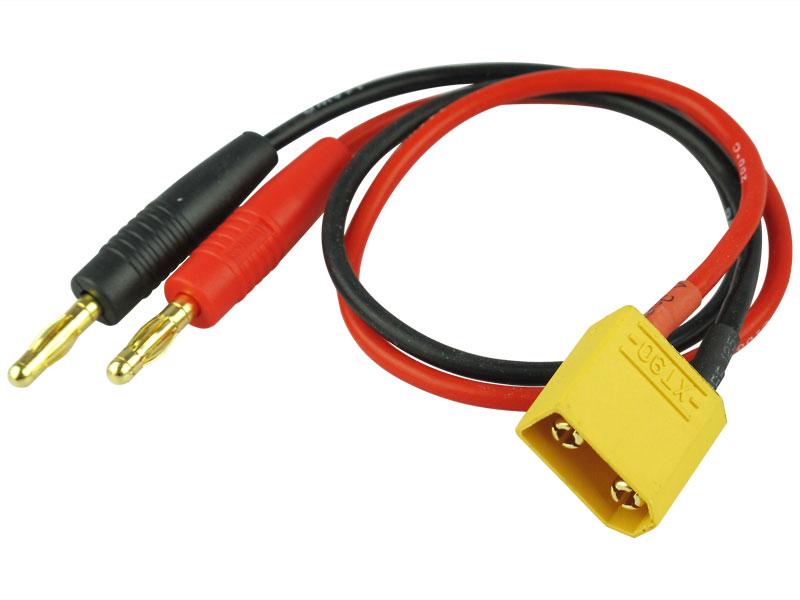
The next connector is a JST connector. This connector is used for small batteries with lower current rating like receiver packs.
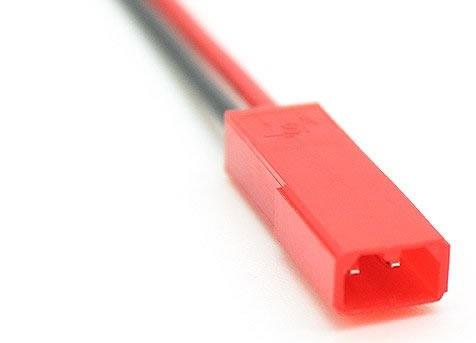
Another receiver pack connector is the classic Futaba connector. This connecor is more common on receiver packs than the JST connector above
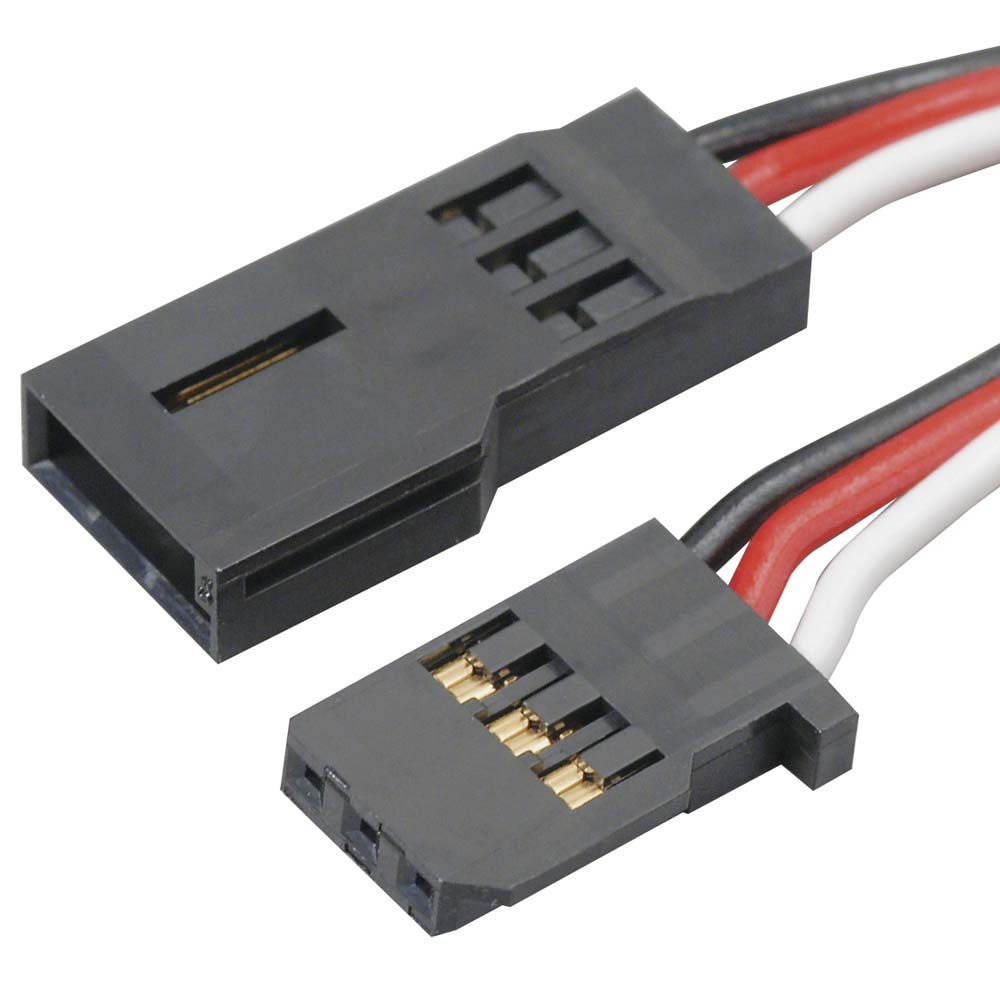
The final connector we are going to talk about is the 4mm and 5mm bullet connector. These are very common. The 4mm bullet is used for charge leads to push into the charger. you can see these sockets on the chargers above. These are also used on batteries themselves. Please see the batteries article for more information.
4mm connector pictured below - The hardcase batteries that are featured above the 4mm connectors below
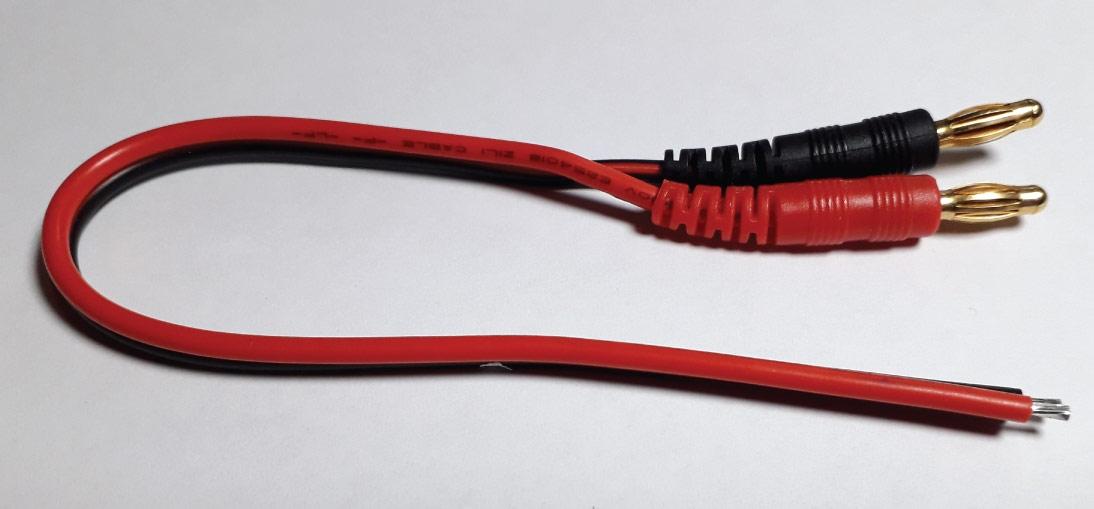
5mm connectors before assembly pictured below
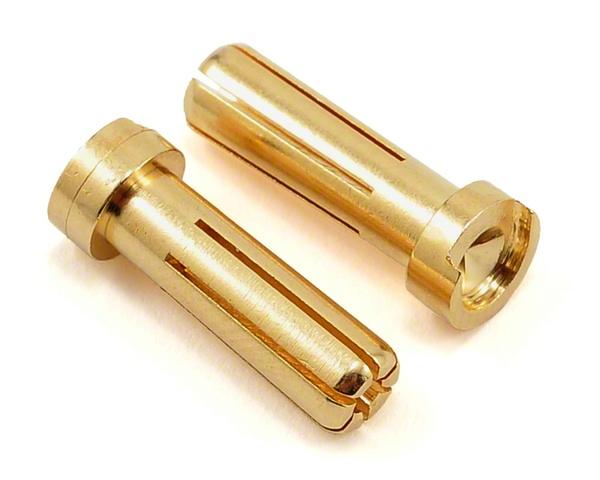
The final thing we want to mention is the safe charging rates.
It is reccomended that you don't charge any higher than 10% of the batteries capacity. This is very imprortant to extend the life and performance of the battery. More importantly this will preserve safety of the battery when charging. Naturally the batteries will create heat while charging so making sure the batteries aren't be charged to quickly will prevent them getting too hot and possibly catching fire. This is more crutial when charging Litium based batteries. So the rule is the batteries capacity divided by 1000. so for example a 8000mah battery should not be charged with a charge rate higher than 8amp. Please make sure you read all the literature that comes with the batteries and chargers that you are using just to ensure you are aware of the latest specifications of your equipment.
If you want to learn more about battery chargers please check out the What Is A Charger Section